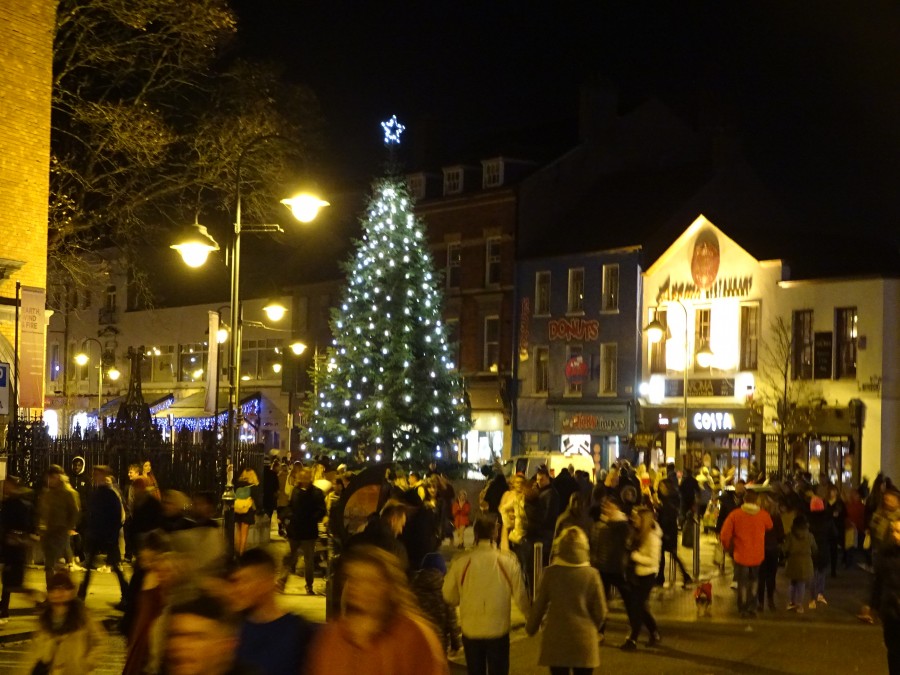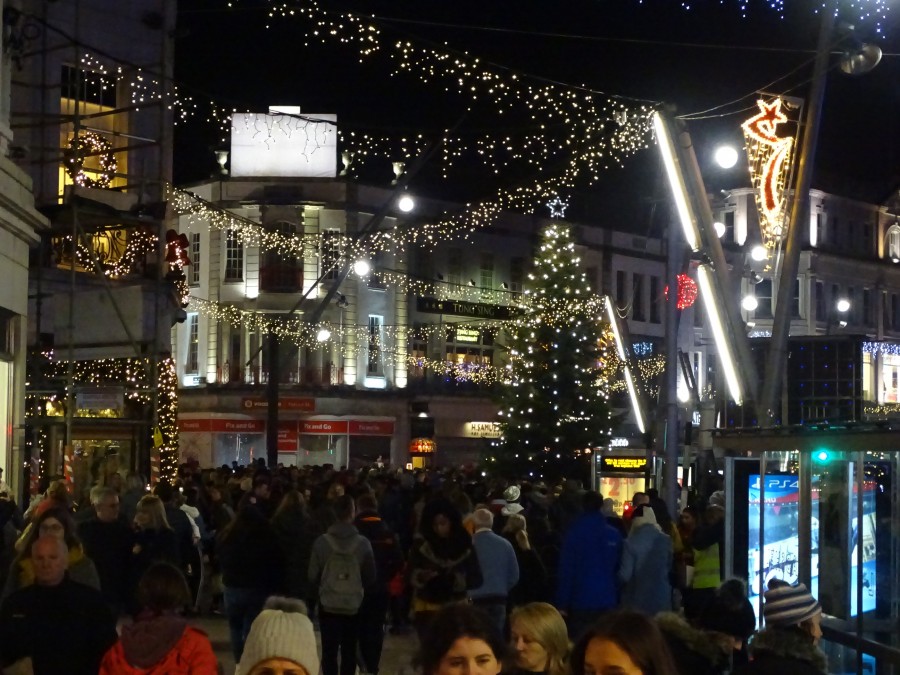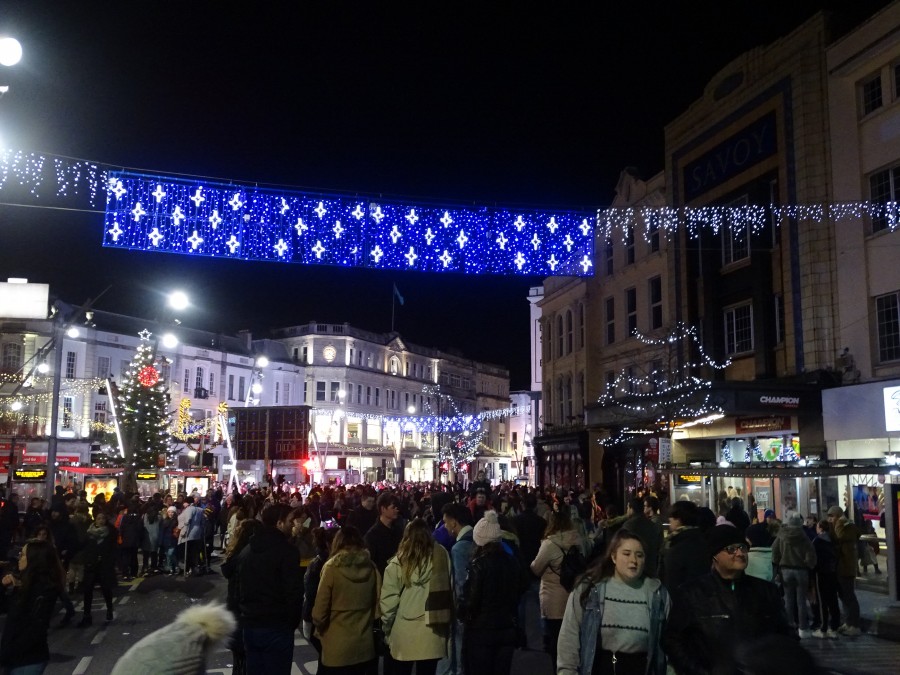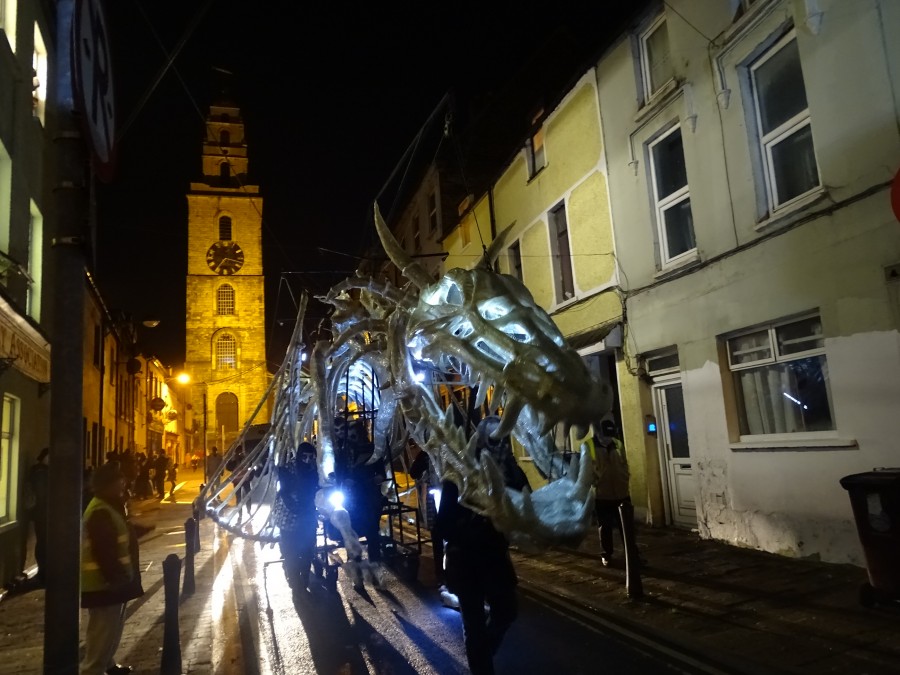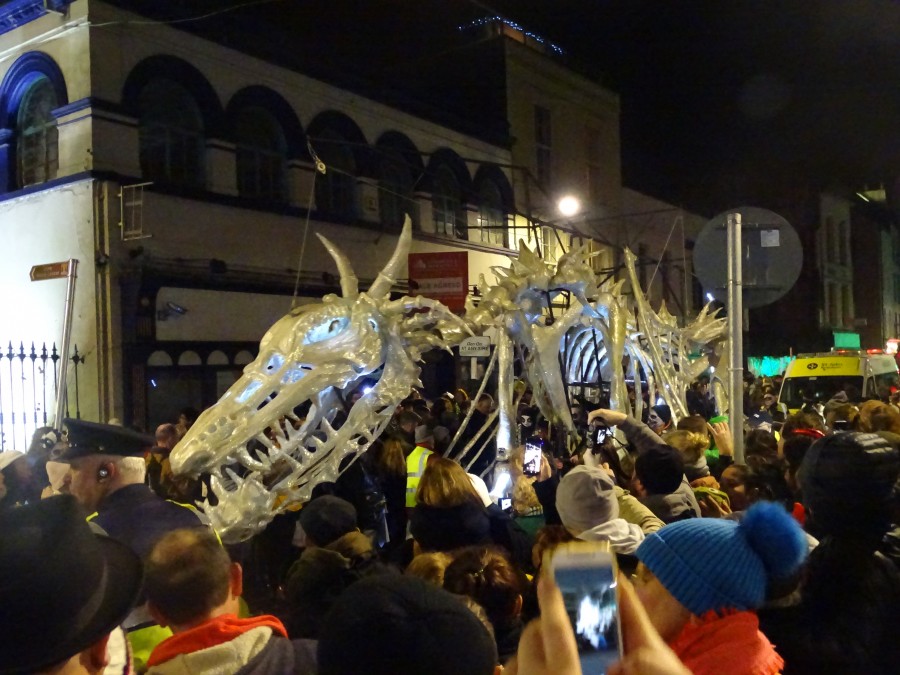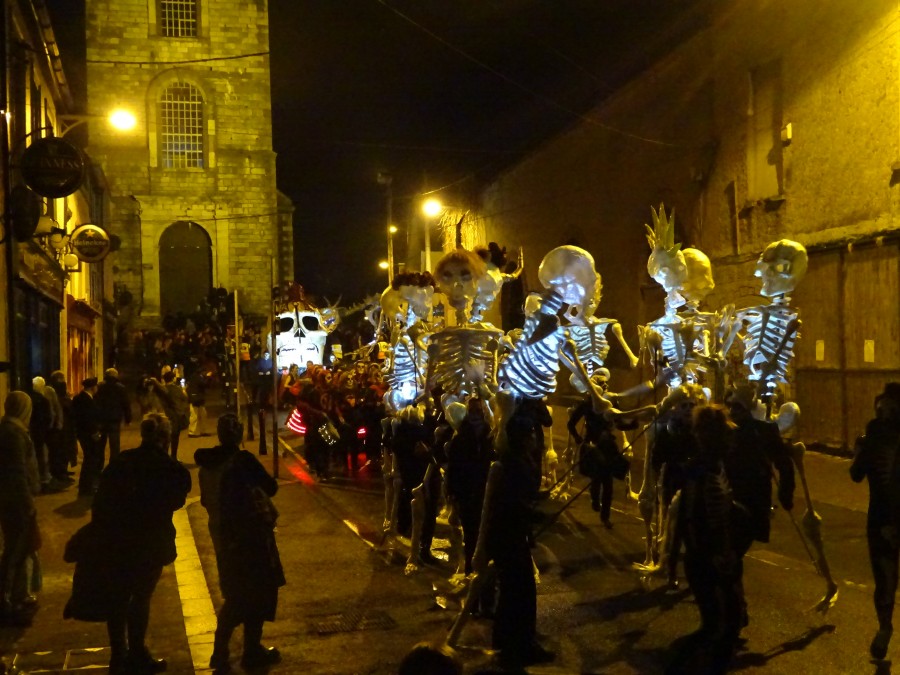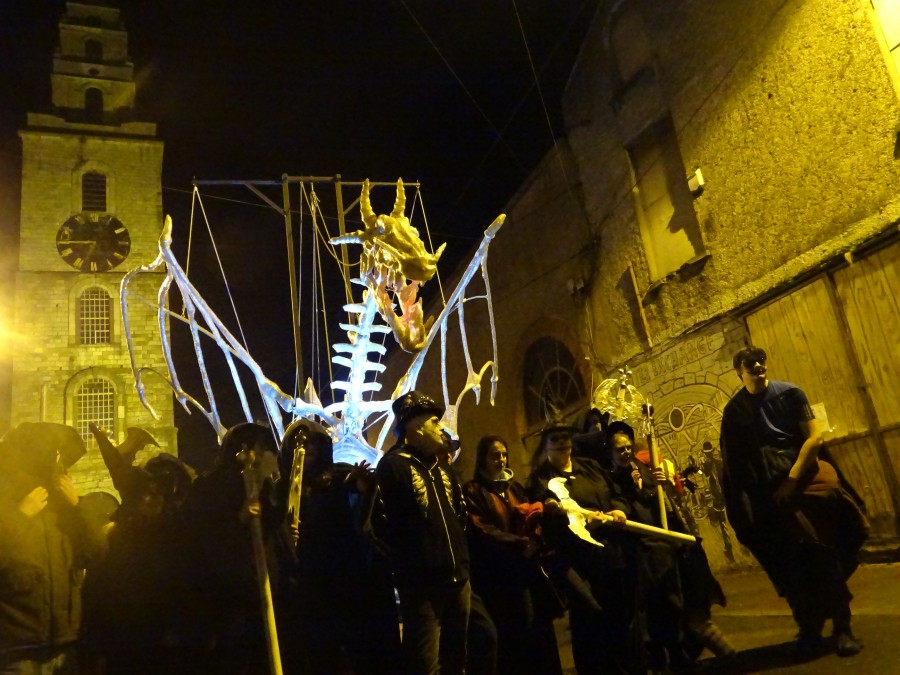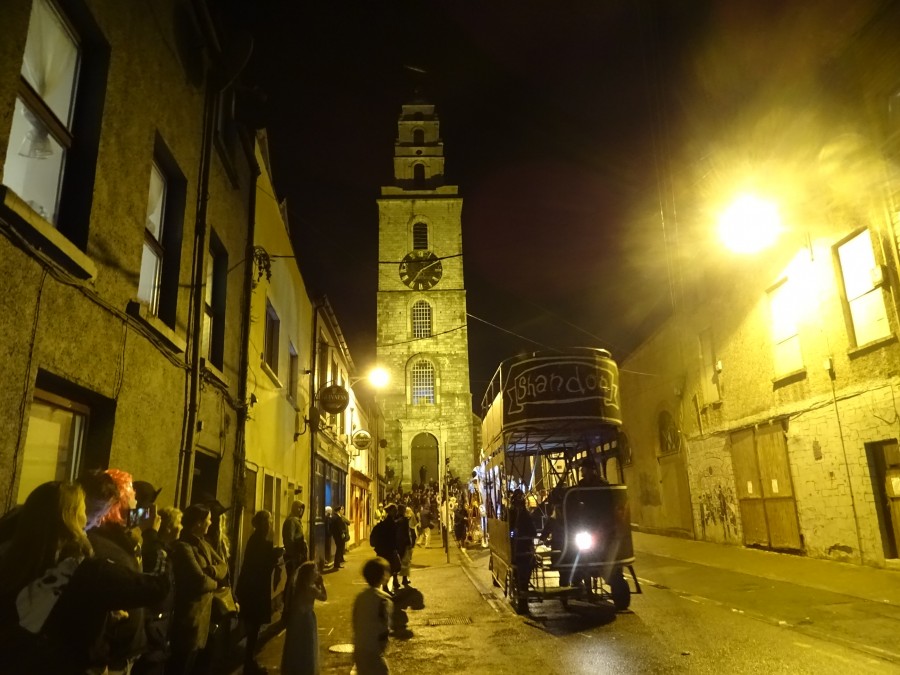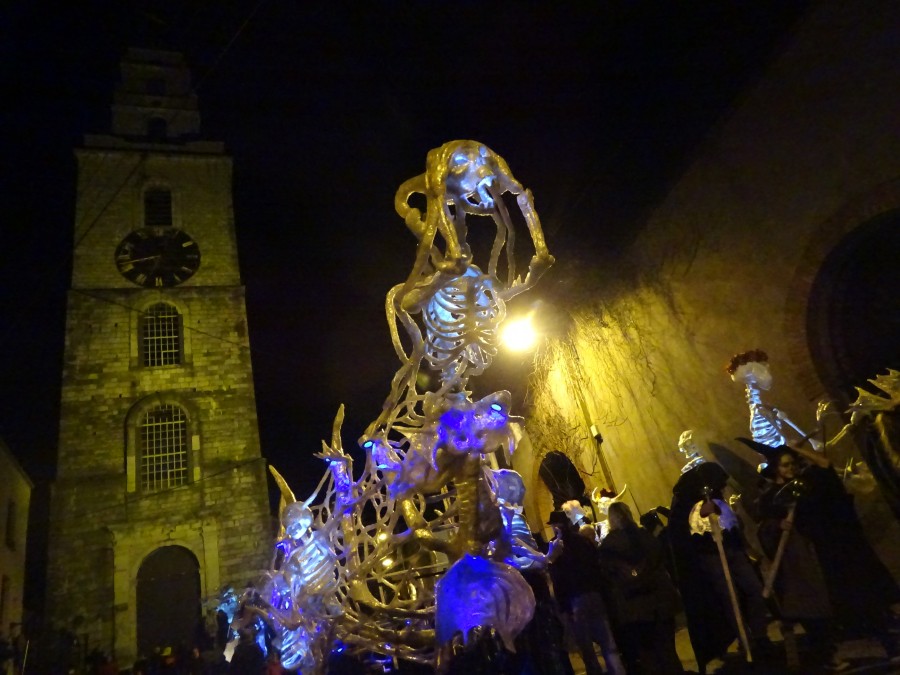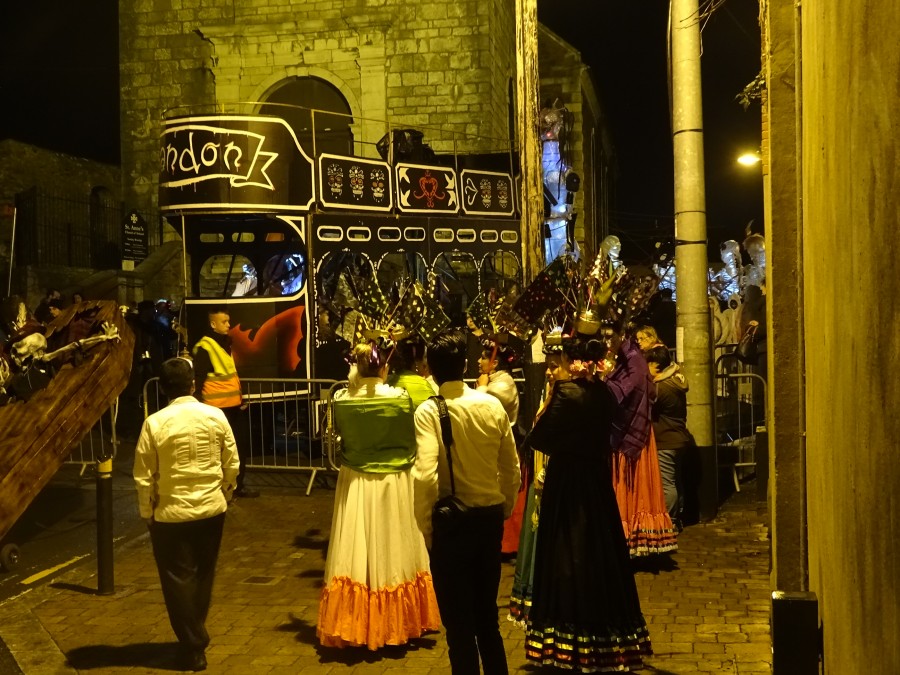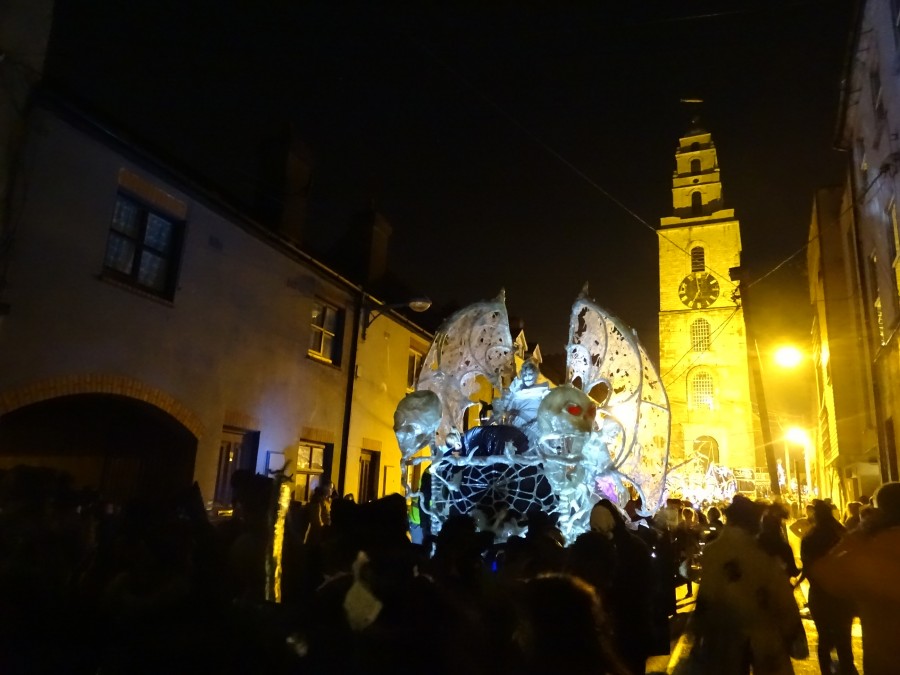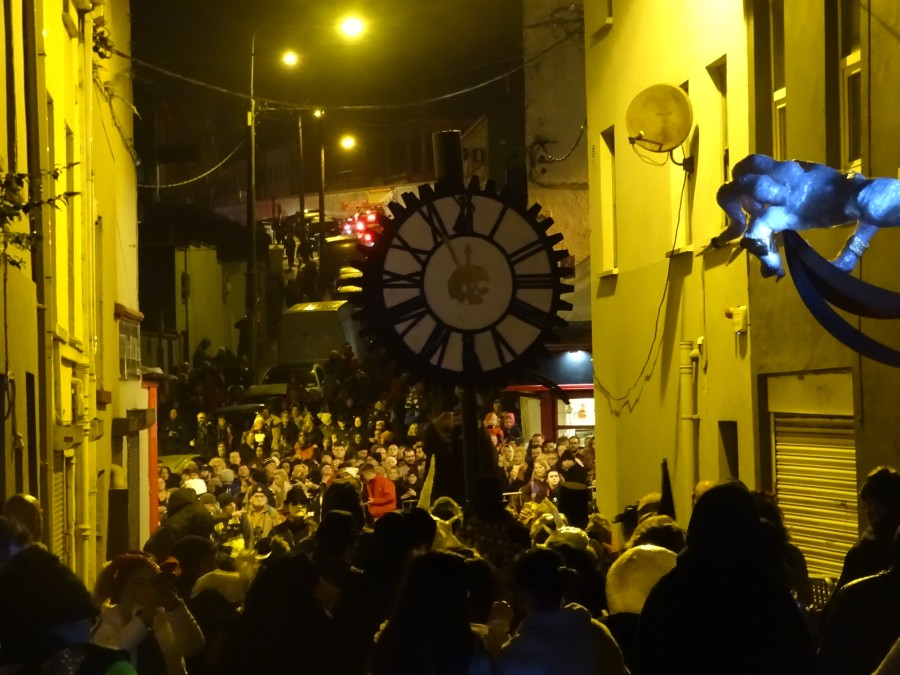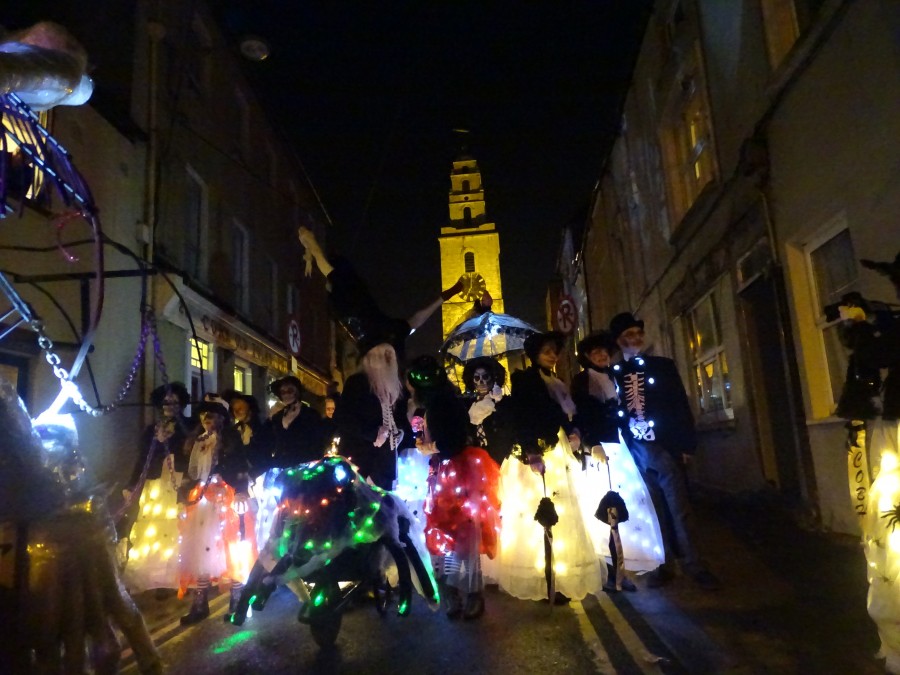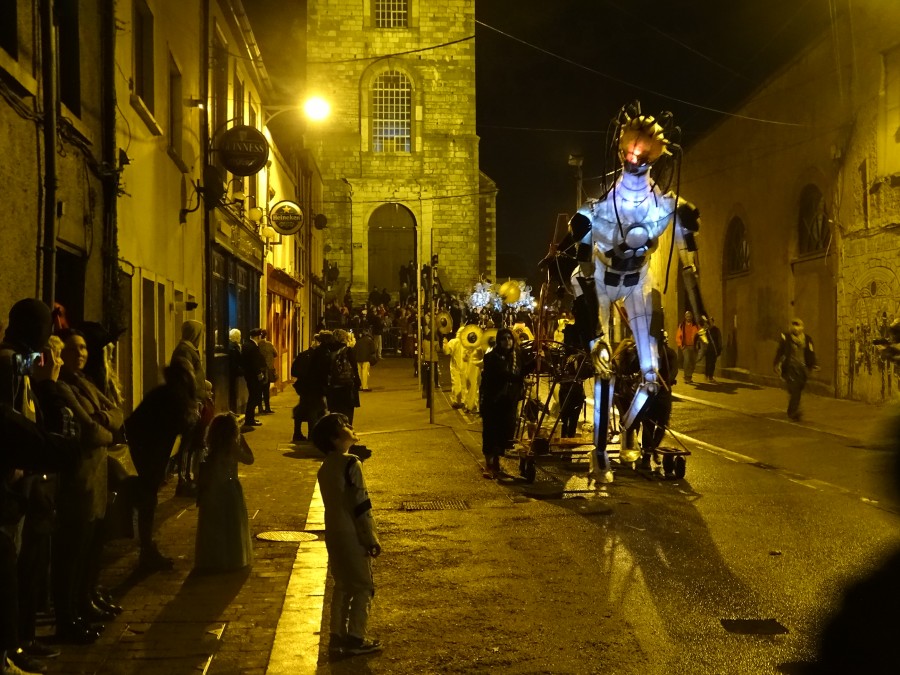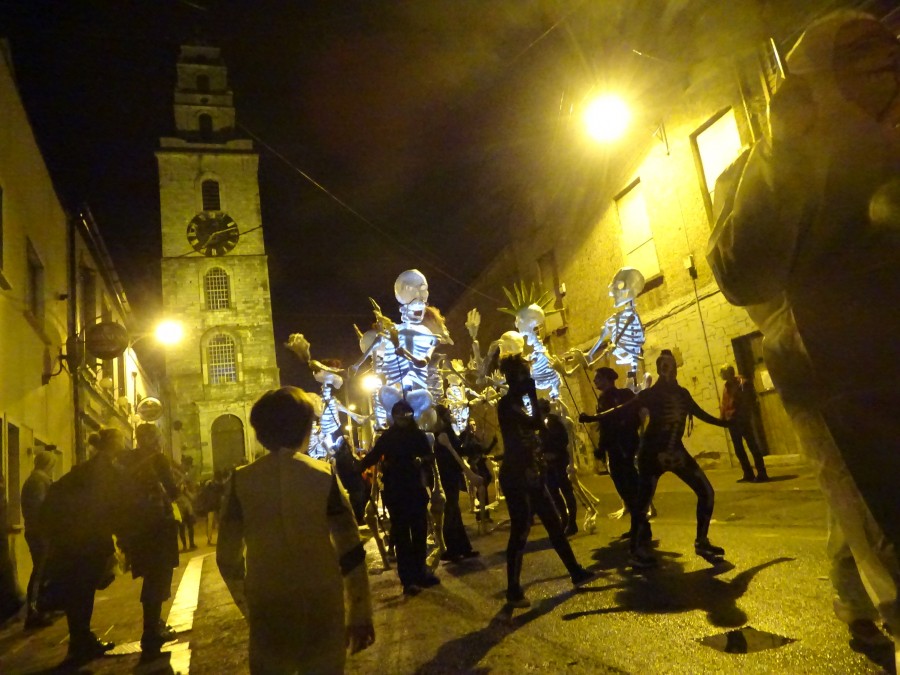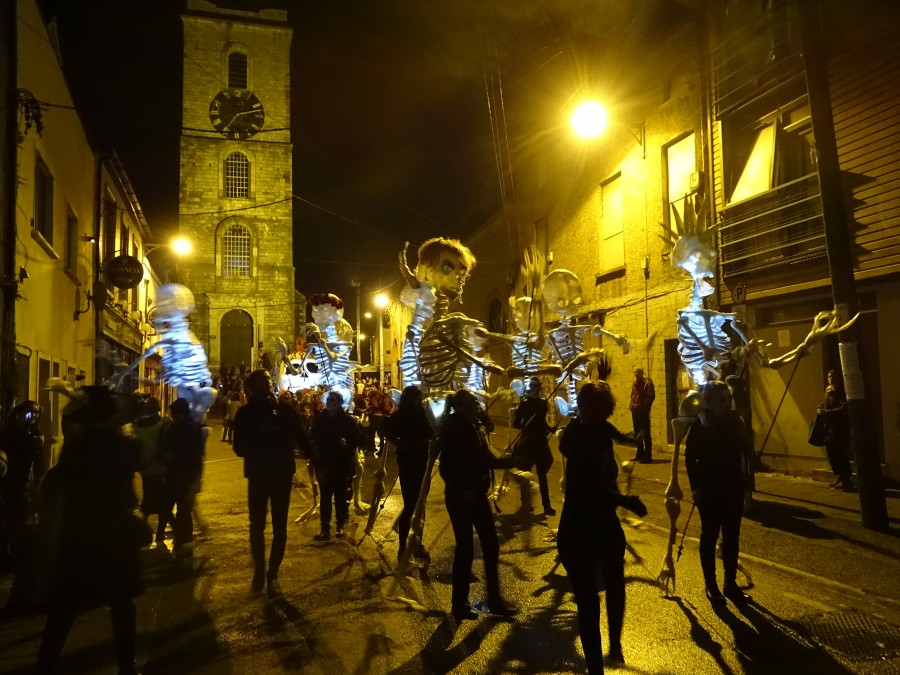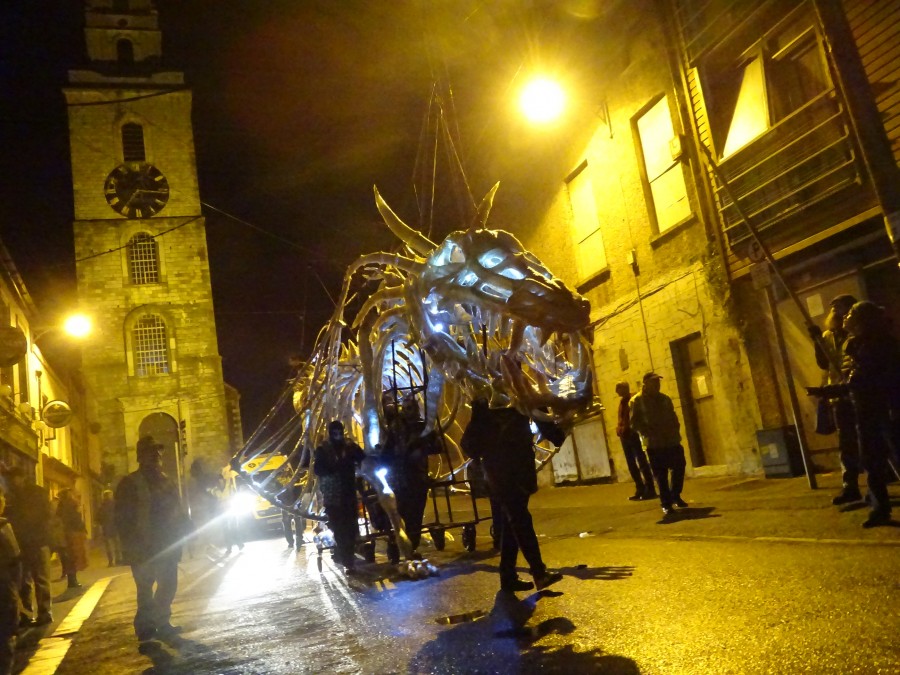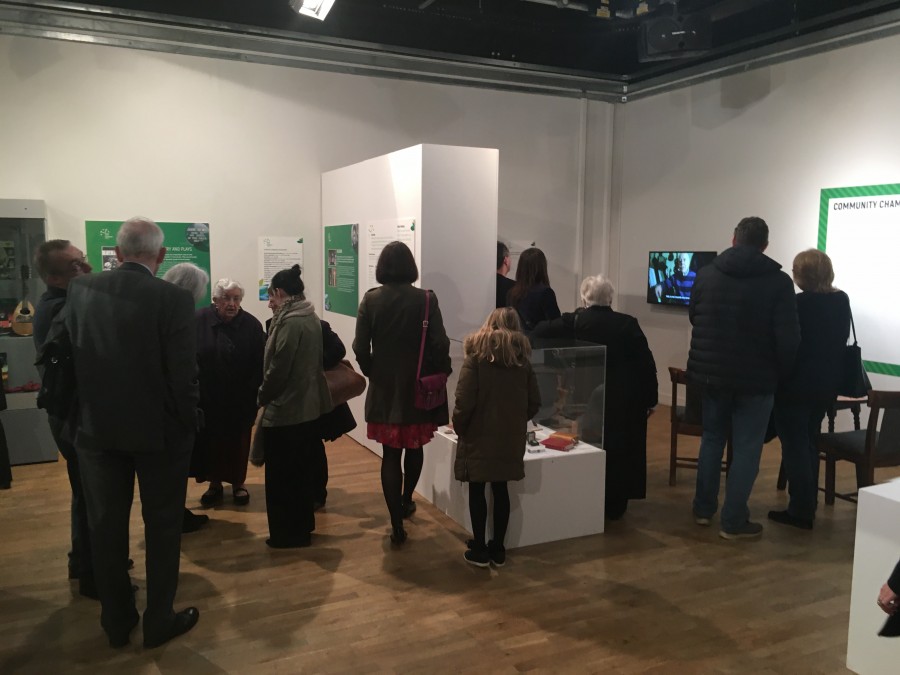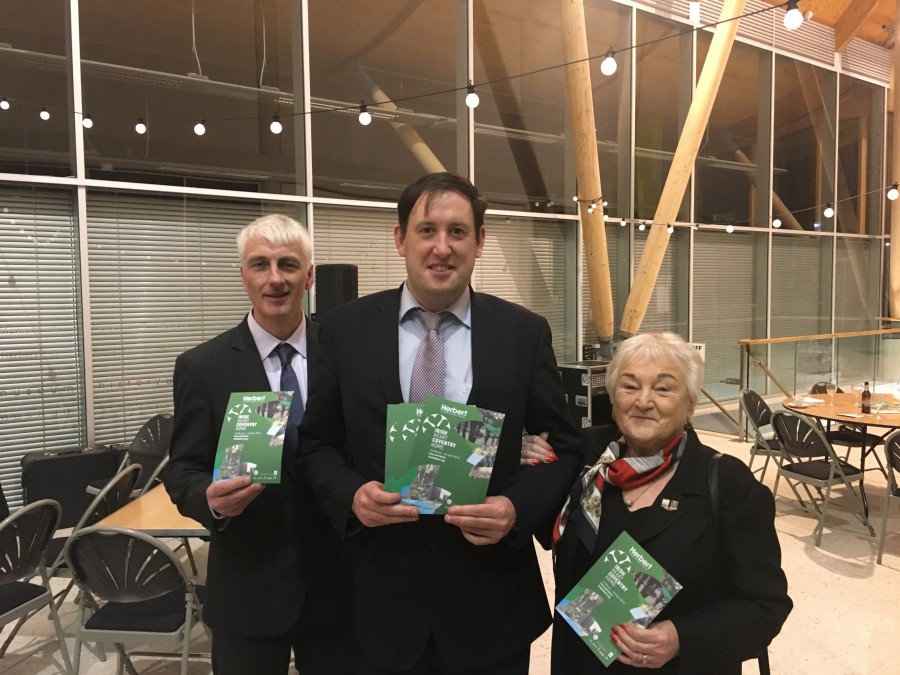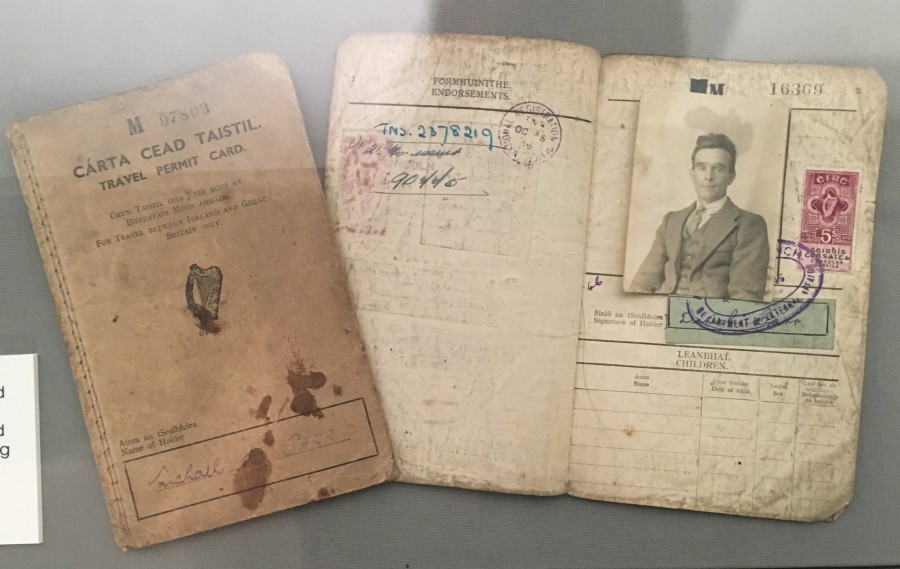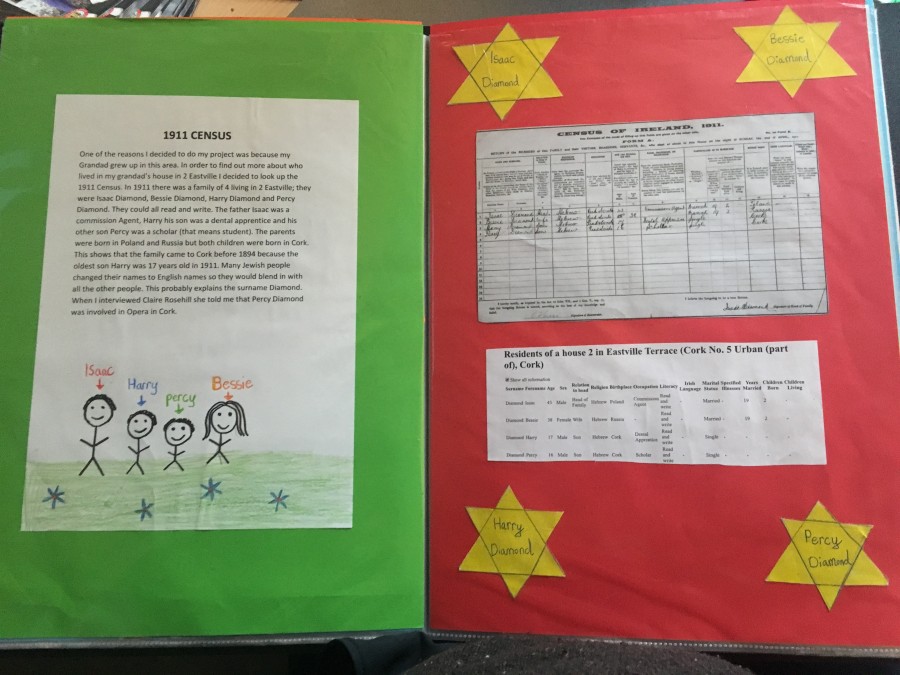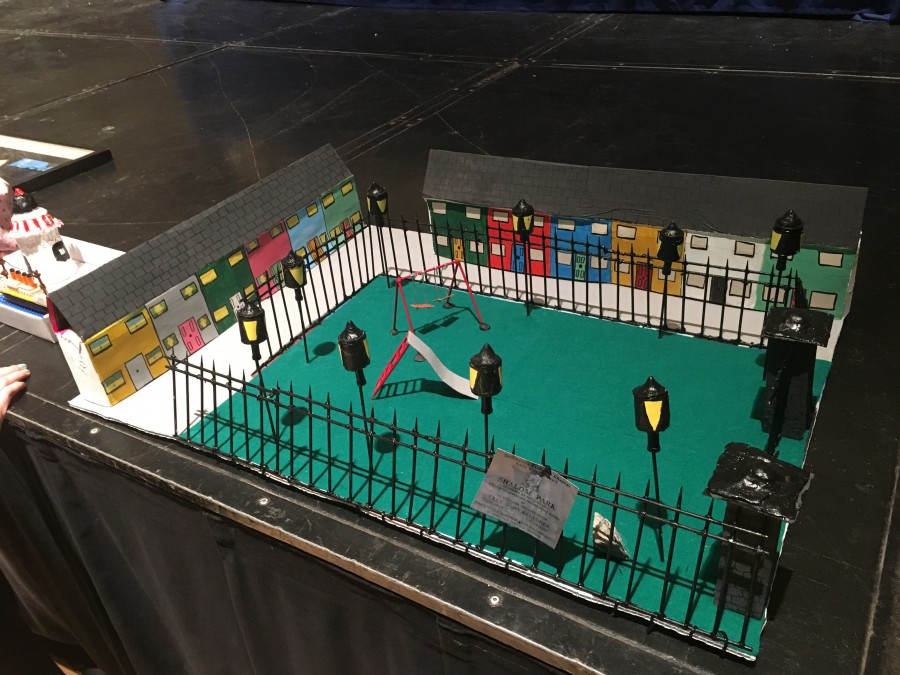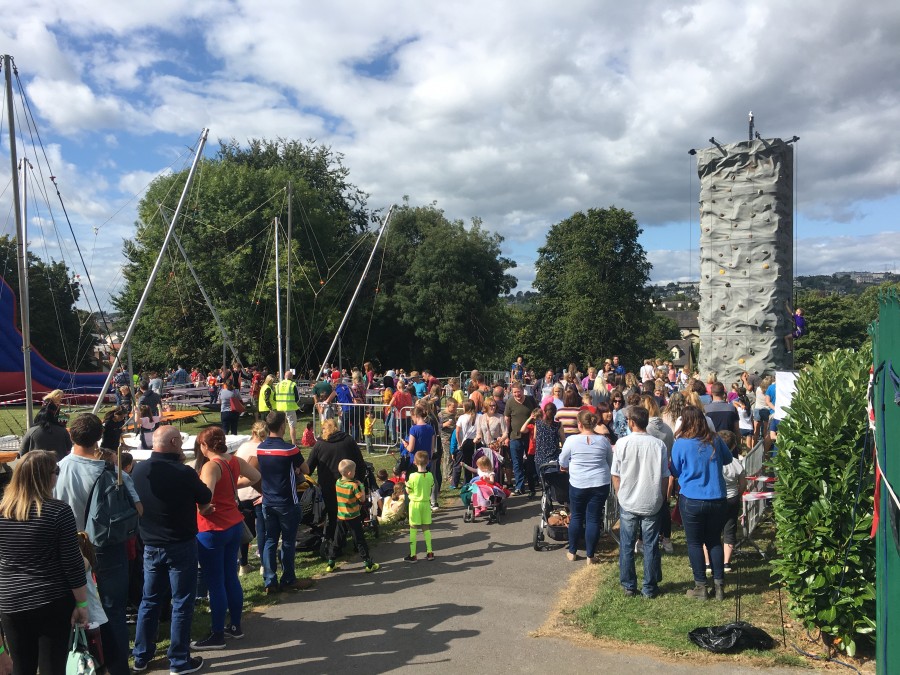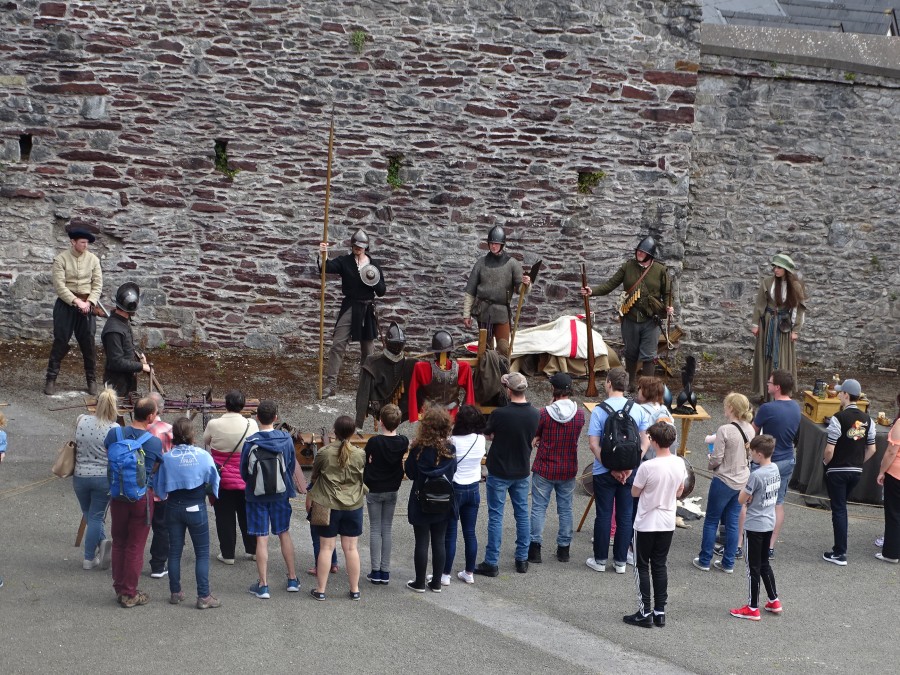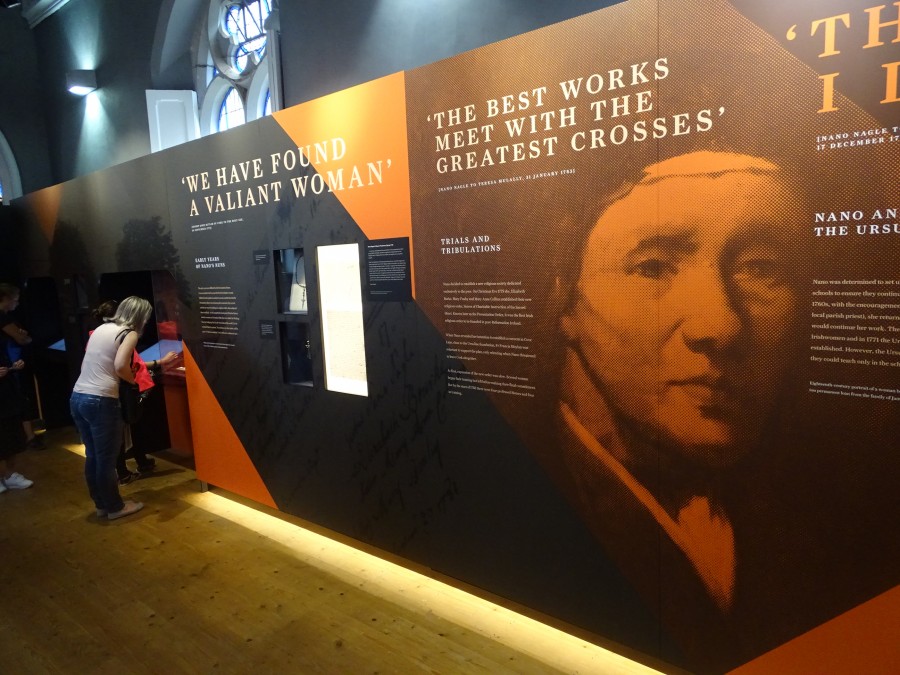Category Archives: Cork City Events
Cllr Kieran McCarthy’s Comments, Cork City Council Budget Meeting, 15 November 2018
Lord Mayor,
Can I thank the CE, the Finance Officer John Hallahan and Cllr Martin, the chair of the Finance Functional Committee for their work on this draft annual budget book.
History is being made this evening as this marks the last budget of over 60 years of the city in its current size. But within the word history are the words Hi Story. And the realities of our future story are mapped out in this document this evening.
At the 2020 budget meeting next November 2019 the members of the Council will budget for 210,000 people and a city five times more in size with more challenges and more calls for funding. This City is ready to take on the challenge of an expanded city. I firmly believe our directors of the various service directorates are ready for the transition and added work. I might clash with them at times and call for more from them on certain elements, but I always respect their frankness and honesty on what can and can’t be done whilst outlining their pride of their staff and their vision of the future.
Reading through the various sections you can see the strengths of our directorates and the ongoing work programmes – the 30 per cent of our income spent on Housing with several hundred social housing constructs coming on stream in the next two years – 17 per cent on roads with several construction and enhancement projects ongoing.
I have been vocal that our staff at the housing desk everyday at reception, community wardens and homeless outreach team are collecting the voices of citizens and acting upon them for those who need support in the accommodation sector. I do believe that once the city expands that much work needs to be done on where we can build mixed housing projects.
On roads, I believe firmly that the city has seen nothing yet in terms of traffic problems as the economic bounce continues to reach citizens on the ground. I am content that we are on the right track regarding our mobility measures but I am going to take this opportunity this evening to re-iterate strongly my call for more parking incentives and marketing measures. It has also become clear that there has been a break down in communication between the small trader and the Council, where much work needs to be done to resolve it.
When you read through service divisions such as water services – you can see the extent of the drainage operation and maintenance, you can see read about the economic development programmes and the depth of the EU programmes we are part of.
I have been vocal that this city needs to be more aware of its southern capital position and being a European Regional Hub. So I am proud that members of staff have got stuck into a range of Interreg projects from start-ups to social innovation plus from a budget perspective the added funding the city can garner from EU urban funding projects.
In environmental services, a glance through the draft budget you can find out about waste planning, recycling measures, the great work of the Lifetime Lab Education Programme and Fire Department. I think sometimes we don’t always state that this is a budget not only about services but a budget for those who carry out tasks and who want their wish list answered.
In recreation and amenity, you can read about our tourism projects in Elizabeth Fort and Shandon, the myriad of festivals, arts projects, libraries projects, capital park projects. I have been vocal to get Tramore Valley Park open plus have a strong Urban Forestry programme. I am happy that we are edging more and more towards them.
And you can also read about agriculture, health & welfare and aspects such as our ongoing work on the expansion of the boundary.
Indeed, from this budget document you can see the range of work that Cork City Council does to make a living city – it is clearly outlined in this document this evening. It is a very difficult task to respond to the myriad and myriad of asks of customers and citizens. Those in the County suburbs worried about inclusion in the city can from this document see clearly that Cork City Council has a vision. We have the ambition. We have the work ethic. Ultimately, using our own wordage, We Are Cork. However, with that accolade comes much work and responsibility especially with the new canvass of satellite county areas entering Cork City next year.
Thanks.
Ends.
Pictures, Dragon of Shandon Parade, Cork, 31 October 2018
Kieran’s Historical Talk & Walking Tours, 18-21 October 2018
Thursday, 18 October 2018, Cork: A Hundred Years Ago, a sit down talk with Kieran exploring pictures and postcards, in association with Cork Age Friendly City, Firkin Crane, Shandon, 11am (free, duration, 90 minutes)
Saturday 20 October 2018, Our Lady’s Hospital, historical walking tour with Kieran; learn about the former Victorian asylum; meet at the gates of Our Lady’s Hospital, Lee Road, 11am (free, duration: two hours)
Sunday 21 October 2018, The Marina and Blackrock, historical walking tour with Kieran, learn about the development of the Marina walk, meet at grotto on Blackrock Pier, 12.30pm (free, one hour, as part of the Marina Play Sunday and Urban October)
Cllr Kieran McCarthy on Facebook, September 2018
Kieran’s Our City, Our Town, 20 September 2018
Kieran’s Our City, Our Town Article,
Cork Independent, 20 September 2018
Irish Heart, Coventry Home
Irish Heart, Coventry Home is an exhibition, which is currently being exhibited in the new building foyer of Cork City Hall for the next three weeks. It is a project I have been involved with the last year in a small way offering heritage management support and advice on behalf of Cork City Council. The exhibition is curated by Ciaran Davis at the Coventry Irish Society. It is about Irish people who made Coventry their home between 1940 and 1970. It is based on the experiences of Irish people who have lived and worked in the city.
Many Irish people emigrated to Coventry from Cork and they have contributed richly to the culture, economy and character of the city. These links were celebrated in 1958, when Cork and Coventry were twinned with each other. The exhibition has travelled to Cork to celebrate the enduring relationship that exists between the two cities. During the Second World War, many Irish men and women came to work in Coventry’s factories and hospitals. After the war, Irish migrants were among those who came to help with the city’s reconstruction following the devastation caused by air raids. Their labour was vital, not just in construction and industry but in education, civic life and the newly established National Health Service. By 1961 there were 19,416 Irish-born people in Coventry and they formed 6% of the city’s population, which made them the largest ethnic minority in the city.
The majority of Irish people who migrated to Coventry after the Second World War were usually young people who came from Roman Catholic, working class, rural backgrounds and the majority were women. They often stayed with family members already in Coventry who paid for their ticket and helped them find employment. Men usually arrived alone and found work by applying to adverts in newspapers or through speaking to fellow Irish people. Irish people were employed in a variety of jobs, working on the buses and in hospitals, factories and schools. They were involved in the building of the ring road, housing estates and the new cathedral, supporting the city’s post-war recovery and contributing to its economy. The money that Irish migrants sent home was relied on by families who remained in Ireland. Between 1939 and 1969 the Irish economy received almost £3 billion in remittances from Irish workers.
As people settled in the city, they opened social clubs and pubs, which became vital community spaces. Irish people arriving in Coventry often headed straight to the clubs where they learnt where to find work or accommodation. A few venues even had their own lodgings. Some landlords promoted Irish welfare and held charity nights or lent money to people who were struggling. Many of the clubs were established in the 1950s, which coincided with the rise of the Irish showbands, who were renowned for their high-energy performances. In the 1960s, singers such as Joe Dolan and Brendan Bowyer toured Coventry and were popular with the Coventry-Irish community. By 1967, the Banba Club had a membership of over 1000 and on a Saturday night, an average of 650 people would come through the club’s doors. There were also people in the community who vowed never to drink alcohol. In 1964 some of them set up the Coventry branch of the Pioneer Association, an organisation originally set up in Ireland. They held dances, sporting events and dinners at the Pioneer Hall in Coventry. Few of the Irish clubs remain in the city, but their legacy endures because many Irish people met their future spouses at the dances
A number of Irish sports clubs were established in Coventry, offering sports such as hurling, Gaelic football and camogie – a sport similar to hurling played by women. Priests and other members of the community helped to set up these teams because they were concerned that young people were forgetting their Irish roots. There was sometimes competition between the clubs to recruit the best Irish sportspeople in Coventry. Gradually, the teams expanded and some purchased clubhouses where they could socialise after matches. Players often brought their families to watch the games and their children sometimes went on to represent the same team. The clubs held exhibition games featuring Irish teams. In 1966 St Finbarr’s Sports and Social Club held a hurling match between Galway and Meath, which was watched by around 10,000 spectators. The clubs initially ran male-only teams, but in 1971 a group of women established their own camogie team in Coventry.
Most Irish people who came to Coventry belonged to the Roman Catholic faith. A smaller number of Protestants also migrated, and for both groups religion played an integral role in their lives. Irish Protestants often joined pre-existing parishes, but the higher number of Irish Catholics meant that new churches needed to be built. In 1913 there were two Catholic churches in Coventry. By 1983 this had grown to 17, many supported by donations from the community. In the 1950s and 1960s a number of Catholic schools were also built to accommodate the expanding Irish Catholic population. For many Irish migrants it was important that church attendance was continued by the next generation. Couples got married in local churches and their children received their first sacraments in the same parishes.
To learn more (and to contribute to the project) Irish Heart, Coventry Home is currently on display in the foyer of the new building in Cork City Hall. The curator Ciaran Davis from Coventry Irish Society will be present at the space for Cork Culture Night, Friday 21 September.
Captions:
964a. Irish Heart, Coventry Home exhibition at Herbert Gallery, Coventry in March 2018 (picture: Kieran McCarthy)
964b. Coventry Irish Society stalwarts Simon McCarthy and Kay Forrest with Cllr Kieran McCarthy at the launch of Irish Heart, Coventry Home last March 2018 (source: Coventry Irish Society)
964c. Irish Emigrant Travel Permit Card between Britain and Ireland, 1946 (source: Coventry Irish Society)
Kieran’s Our City, Our Town, 13 September 2018
